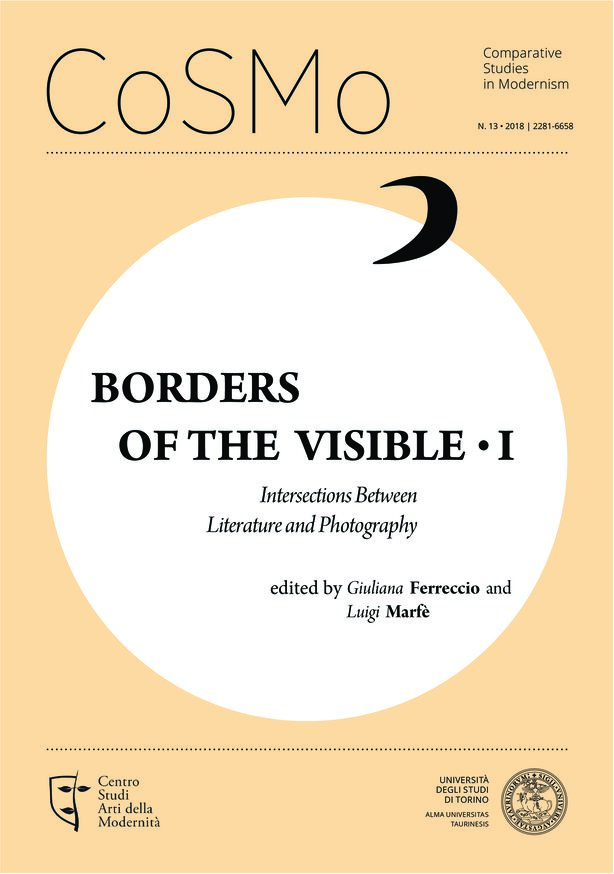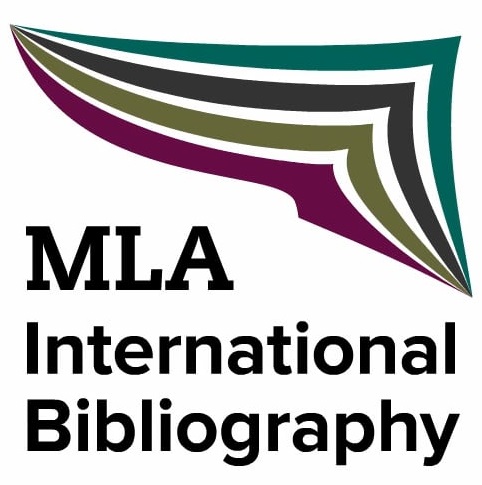La photographie et le récit du mal
DOI:
https://doi.org/10.13135/2281-6658/3102Parole chiave:
Hysteria, Medical Photography, Jean-Martin Charcot, Salpêtriere, Photographic GazeAbstract
The French neurologist, Jean-Martin Charcot, linked his name to studies on hysteria. The documentation of his work at the Salpêtrière Hospital, in Paris, shows how any sign of emotional excess was recorded and classified through the photographic medium. These images provided the materials for the multivolume album Iconographie photographique de la Salpêtrière (1878). In the photos of Salpêtriere’s patients, the image takes over the disease. The photographic medium was not a neutral witness, but influenced the performance of hysteria. In years when photography seems able to unveil human character and to separate good from bad (as shown by the research by Bertillon and Lombroso), the photographic gaze is soon screwed on itself, seduced by the density of the images.Downloads
I dati di download non sono ancora disponibili.
##submission.downloads##
Pubblicato
2018-12-25
Fascicolo
Sezione
Percorsi | Places, Cultures, Society
Licenza
Gli autori mantengono i diritti sulla loro opera e cedono alla rivista il diritto di prima pubblicazione dell'opera, contemporaneamente licenziata sotto una Licenza Creative Commons - Attribuzione che permette ad altri di condividere l'opera indicando la paternità intellettuale e la prima pubblicazione su questa rivista.






